|
Imagine an animal that appears to be part zebra, part giraffe, and part donkey. Your imaginary creature might look something like an okapi. In fact, the okapi is sometimes called the zebra giraffe. In spite of its large size and distinct appearance, the okapi was not announced and described by western scientists until early in the 20th century. Why? Because they are reclusive and live only in the lowland forests of the Democratic Republic of Congo (in central Africa). What the heck is an Okapi? The okapi (pronounced oh-COP-ee) is not closely related to zebras. If you look at an okapi's head, you'll see that the general structure is similar to the head of a giraffe. In fact, okapis are the only living close relative of giraffes (in the family Giraffidae). In addition to the name zebra giraffe, it is also called the forest giraffe. The okapi is an artiodactyl mammal (an ungulate that stands on two of its toes). They weigh from 440 to 770 pounds (200 to 350 kg) and stand about 5 feet (1.5 m) tall at the shoulder. Unfortunately, they are endangered, and their numbers have been reduced by half in the last 15 years. Below you can see the resemblance between an okapi's head and a giraffe's head. Amazing Facts about the Okapi Did you notice the okapi in the first photo above does not have horns, but the one in the second photo does? That's because the first one is a female and the second is a male. Giraffes have these also. These short little horns are actually called ossicones. The weird thing is, only male okapis have ossicones, but both female and male giraffes have ossicones! Hmmm. What's up with that? Have you ever watched a giraffe walk? Okapis and giraffes have a strange gait called a pacing gait--they step with both of the legs on one side of the body at the same time. So, they step forward with both the right legs, then step with both the left legs. All other ungulates walk by stepping forward with alternate legs on either side of the body. I know... it's hard to picture, isn't it? Check out this video of a giraffe's pacing gait. Like giraffes, okapis have ridiculously long tongues. An okapi's tongue is 18 inches (46 cm) long! These creatures feed on understory plants in the forest, and this long tongue helps them select and pull off their favorite types of leaves. Also, the tongue is so long that they can use it to clean their eyes and even their ears. Below is an okapi grooming itself with its tongue. The okapi keeps this long tongue busy by eating all day. In fact, they eat up to 60 pounds (27 kg) of plant material every day. They must not be too picky, because they have been observed eating over 100 different types of plants, some of which are poisonous to humans and other animals. They eat clay from the riverbeds to replenish salt and minerals. They also eat charred wood from trees that have been struck by lightning (again, probably to get minerals). And, as if that weren't strange enough, okapis even snarf up bat excrement. Yummy. Check out this video about Okapis Okapis live most of their lives alone, although occasionally they will gather in groups to eat, to groom each other, and to play. What about those weird, zebra-like stripes on their legs and rump? These may help camouflage the okapi in its forest habitat (leopards are a natural predator of okapis). My favorite explanation, though, is that these are the okapi's "follow-me stripes." Some people believe the stripes help baby okapis see and follow the adults through the dense forest. Hmm... these seem to me to be contradictory explanations—one says the stripes hide the okapi, one says the stripes make the okapi more visible. Which do you think it is? Okapis typically give birth to only one calf per breeding season. The calves are vulnerable to predation, so it helps that they can get up on their feet and start walking around within 30 minutes after being born. Here's an even more fascinating way the young avoid predators: okapi calves cannot poop until they are a month old. Why? This eliminates the possibility of the smell of young okapi feces attracting predators. At this moment, I'm trying not to visualize an okapi calf pooping after holding it in for a month. Mother okapis communicate with their calves by making infrasonic sounds, which humans and some other animals can't hear. What is an infrasonic sound, you ask? Well, you've heard of ultrasonic sounds. Those are high-frequency sounds (frequencies above 20kHz). Infrasonic sounds have frequencies below 20Hz. So, ultrasonic is too high for humans to hear, infrasonic is too low for us to hear. Guess what... leopards cannot hear infrasonic sounds either. Cool, huh? So, the Okapi deserves a place in the K.A.H.O.F. (Knockout Animal Hall of Fame). FUN FACT: The word knockout, originated in 1887, and it was used in reference to boxing, meaning "to stun by a blow for a 10-count." In 1892, people decided to expand the use of the word to also describe an "excellent thing or person." It wasn't until 1953 that it became a common way to describe a beautiful woman. Interestingly, starting in 1936, knock yourself out became a way to tell someone to "make a great effort." Anyway, because knockout is used to describe someone or something as "excellent," it is another way to say awesome! Photo Credits:
Black and rufous elephant shrew - DepositPhotos Dog noses - DepositPhotos Freddy Mercury and cat - AllThatsInteresting Crow on the street with walnut - CrowBehavior Okapi on white background - DepositPhotos Okapi head closeup - DepositPhotos Giraffe head closeup - DepositPhotos Okapi tongue - kaelin, CC BY-SA 2.0 via Wikimedia Commons Okapi from behind, with forest as background - DepositPhotos Okapi with calf - Columbus Zoo
0 Comments
Missouri has several big rivers flowing through it, including the Mississippi River and the Missouri River, as well as several large reservoirs. Big rivers (and therefore big reservoirs connected to those rivers) are home to some fairly large species of fish that grow to over 100 pounds (45 kg). In my opinion, one of the strangest of these fish is the paddlefish. What the heck is a Paddlefish? Paddlefish are unusual in that they are Chondrostean fish. This means they are mostly cartilaginous (cartilage skeleton instead of bone), but still they have a small amount of bony tissue. You may know that the true cartilaginous fish include sharks, rays, and skates, whereas bony fish include most of the other fish we are familiar with. The paddlefish lies somewhere between. Paddlefish have smooth skin, without scales. Paddlefish are considered primitive fish, which means they have not changed significantly for a long time. In fact, they have not changed much at all from the earliest known paddlefish fossils, which are 120 to 125 million years old. Only one living species remains, the American paddlefish, and it lives in the Mississippi River basin of North America. There was another species until recently, the Chinese paddlefish, but unfortunately that species was declared extinct in 2019. The two images below show what the Chinese paddlefish looked like. Amazing Facts about the Paddlefish Perhaps the paddlefish's most impressive feature is that long, spatula-like bill, which is called a rostrum. In fact, another name for paddlefish is spoonbill. So, what the heck is that bill for? First, it's important to understand that paddlefish are plankton eaters. They feed almost entirely on zooplankton (tiny animals suspended in the water). For many years, scientists suggested that the paddlefish used its long bill to swish back and forth in the mud at the river's bottom to stir up a bunch of plankton. It was also suggested that it was somehow used to navigate through the muddy water. However, research with electron microscopes in the 1990s revealed that the rostrum is covered with tens of thousands of tiny electroreceptors. These receptors are so sensitive that they can detect the smallest movement of zooplankton in the water. They can even detect the movement of a single leg of some of the smallest (almost-microscopic) swimming arthropods (such as a water flea). Amazingly, these electroreceptors are so sensitive that they can detect signals of less than 1/100th of one 1-millionth volt per centimeter. This is literally a superpower. So, that paddle-like bill tells the paddlefish when it is swimming through a cloud of zooplanton. The paddlefish will then open its mouth as it swims forward, and thousands of tiny animals get filtered from the water by thin filters on the gills called gill rakers. One more interesting tidbit about this impressive rostrum. When metal objects are placed in a paddlefish's swim path, they easily avoid them, even in the dark. However, when plastic objects are placed in their path, they collide with them. Hmm... so, the rostrum helps paddlefish navigate some of the time but not all the time. It seems to me the research would be more meaningful by studying the fish's ability to avoid natural objects like rocks, but I couldn't find that data anywhere. Check out this video about paddlefish. Fun fact: In 1997 Missouri designated the paddlefish as the state’s official aquatic animal. The paddlefish has a third eye on top of its head. This third eye does not see images, but it detects changes in light level, which helps the fish know when it is day and night. Many states in the US, including Missouri, have initiated paddlefish breeding and stocking programs. Tens of thousands of young paddlefish are released in rivers and reservoirs each year. Part of the reason for this is that many of the rivers in the Mississippi River basin have been dammed in efforts to control severe flooding, to generate electricity, and to provide recreational reservoirs. These dams prevent paddlefish from spawning on most of these rivers, and therefore the only new paddlefish in these rivers are the fingerlings that are stocked annually. Young paddlefish are not strong swimmers, therefore they grow fast their first year, which reduces the chance of being eaten by predators. By the end of their first year, young paddlefish are about 12 inches (30 cm) long. After that, their growth slows down. By the time they are 5 years old, they grow only about 2 inches (5 cm) per year. They can live up to 30 years, eventually weighing over 100 pounds (45 kg). To give you an idea of their size, below is a photo of the world record paddlefish caught in Oklahoma (it was released after weighing). The fish weighed 146.7 pounds (66.5 kg). NOTE: Fishing for paddlefish is strictly regulated, with limits and a brief season, in order to avoid overfishing. Most of the fish caught are those that were stocked by state wildlife agencies during the past decades. Fishing is only allowed in those waters where paddlefish are abundant. So, the Paddlefish deserves a place in the P.A.H.O.F. (Prizewinning Animal Hall of Fame). FUN FACT: The word prize, with the meaning of "that which is obtained or offered as the reward of exertion or contest," originated in the 1300s. The Middle English word at that time was prise. The spelling with a "z" (prize) originated in the 1500s. The noun prizewinner didn't appear until about 1890, with the meaning "a person or thing that wins a prize or is deserving of a prize." Eventually, the adjective prizewinning became a common word to describe anything that is spectacular. Example: Stan writes prizewinning novels. So, prizewinning is another way to say awesome! Photo Credits:
Paddlefish #1, on green water background - Caviar Star Paddlefish on white background - DepositPhotos Chinese paddlefish photo - Wei Qiwei, CC BY-SA 3.0 via Wikimedia Commons Chinese paddlefish illustration - Wikimedia Commons Paddlefish feeding with mouth open - Garrison Dam National Fish Hatchery. Fish and Wildlife Service. U.S. Department of the Interior., Public domain, via Wikimedia Commons Fingerling paddlefish at hatchery - USFWS Mountain-Prairie, Public domain, via Wikimedia Commons World record paddlefish - Jason Schooley/ODWC via Wate.com |
Stan's Cogitations
Everyone needs a creative outlet. That's why I write. Archives
July 2024
|

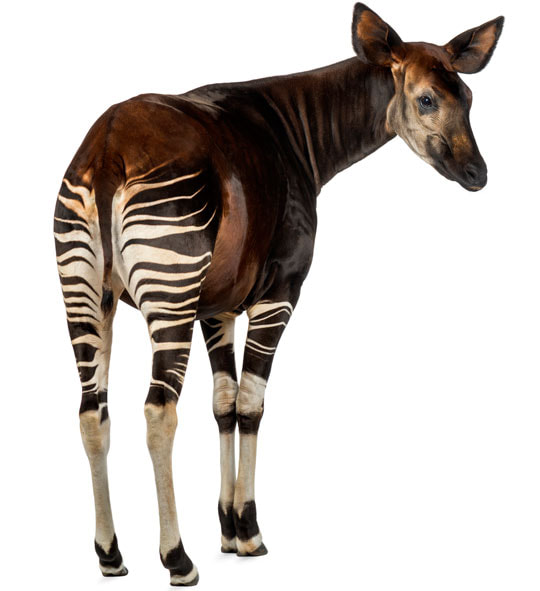
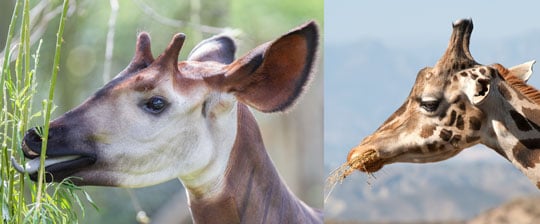
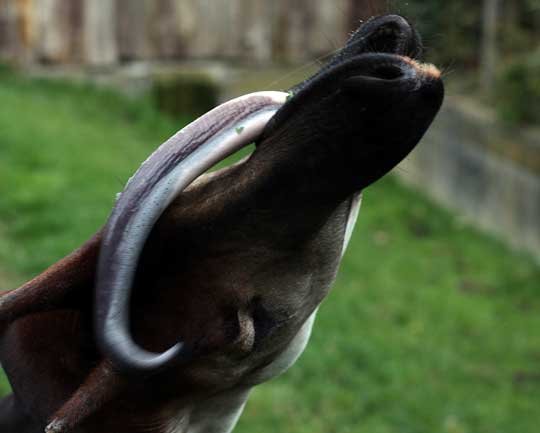
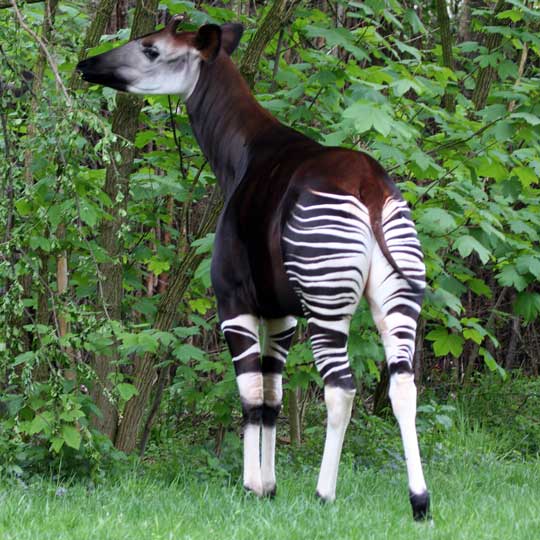
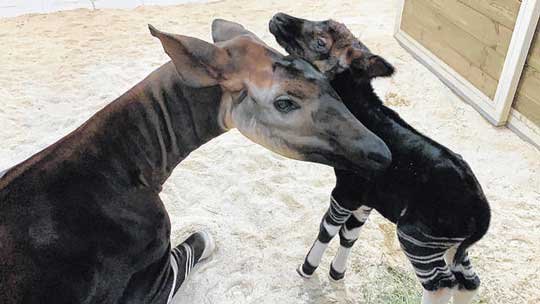

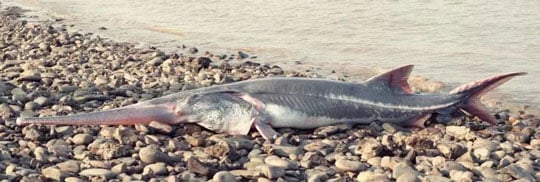


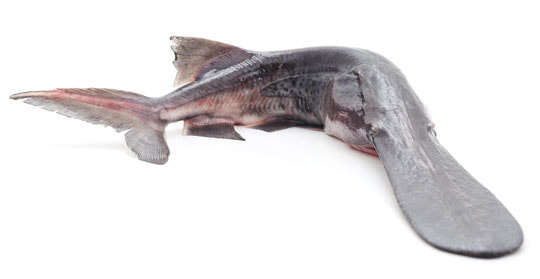
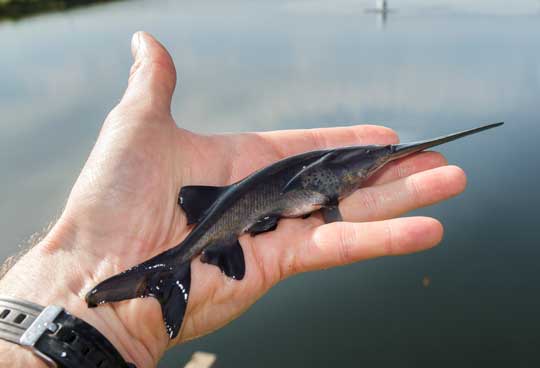
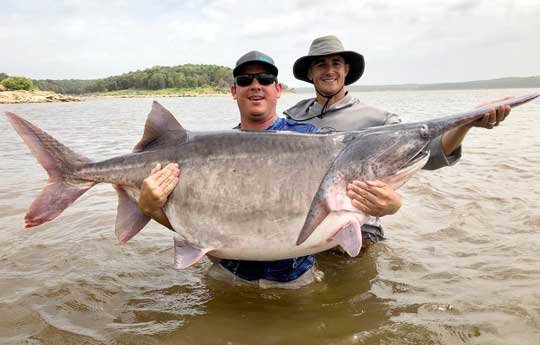
 RSS Feed
RSS Feed